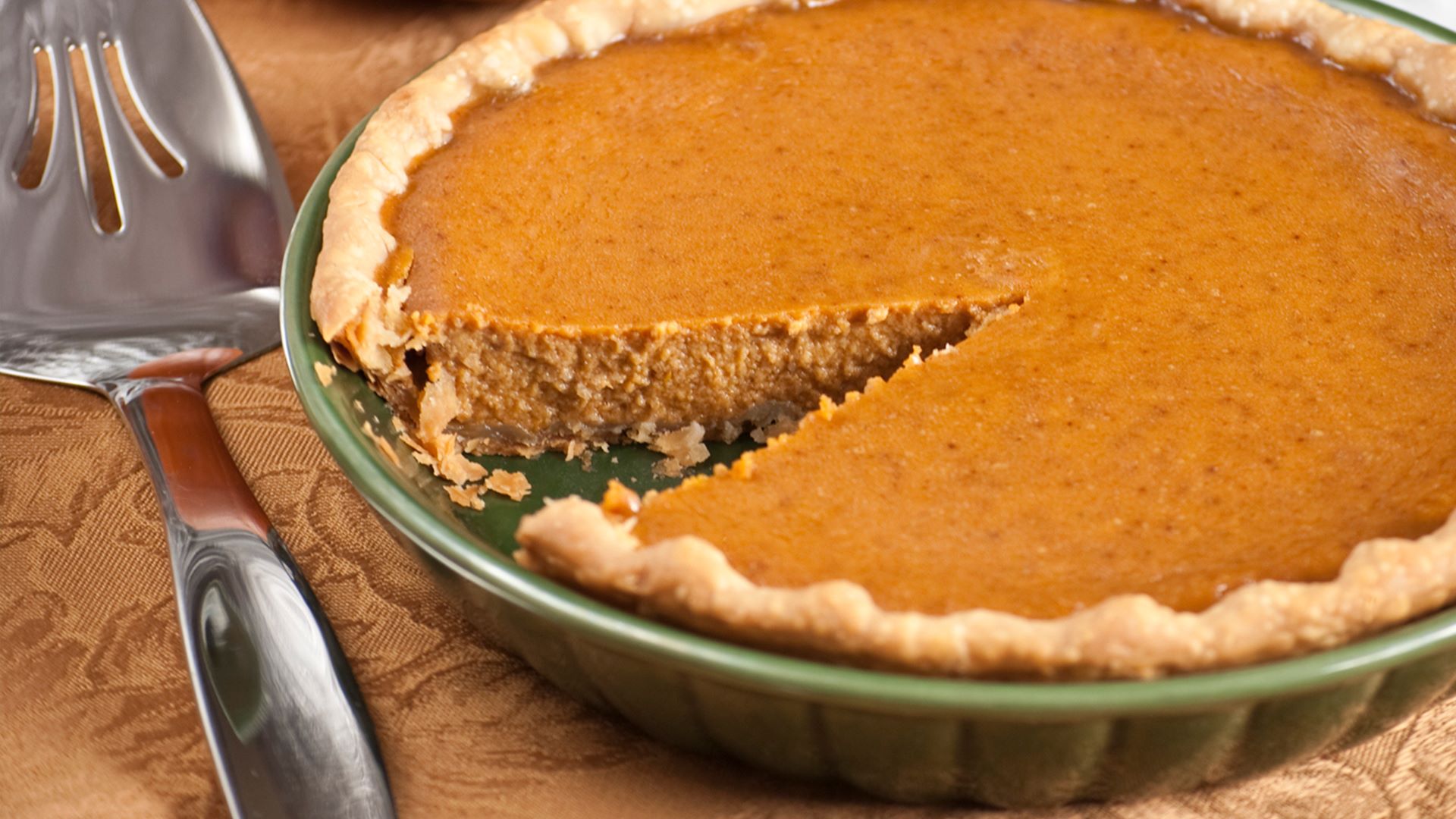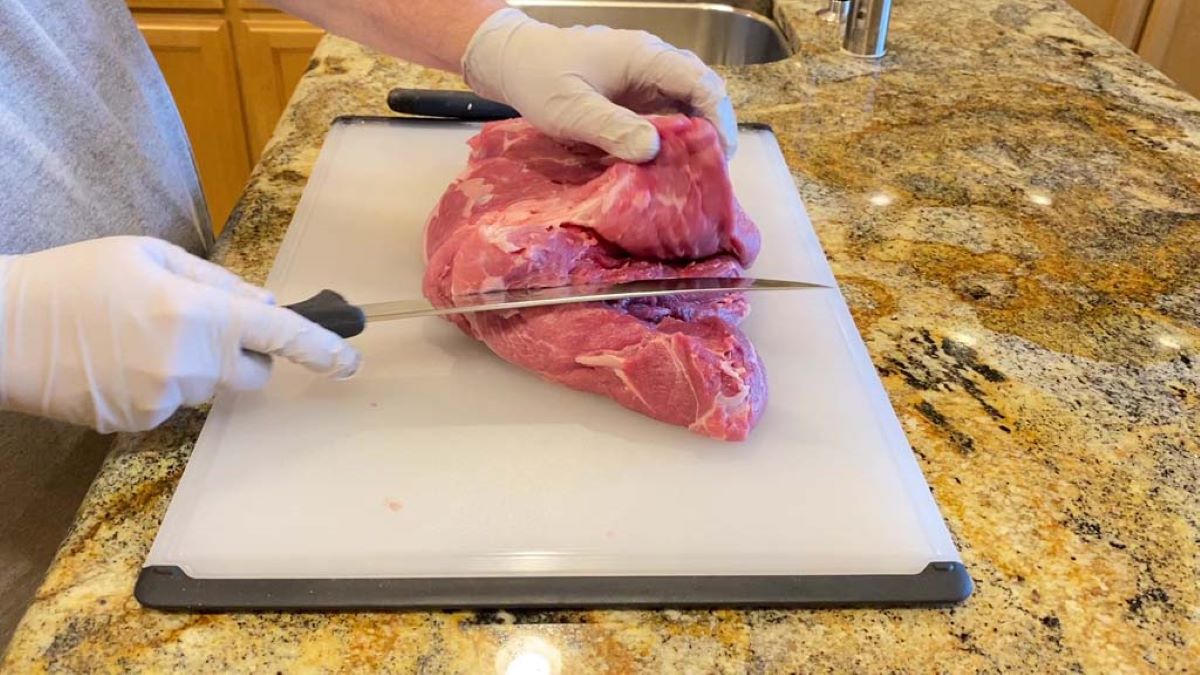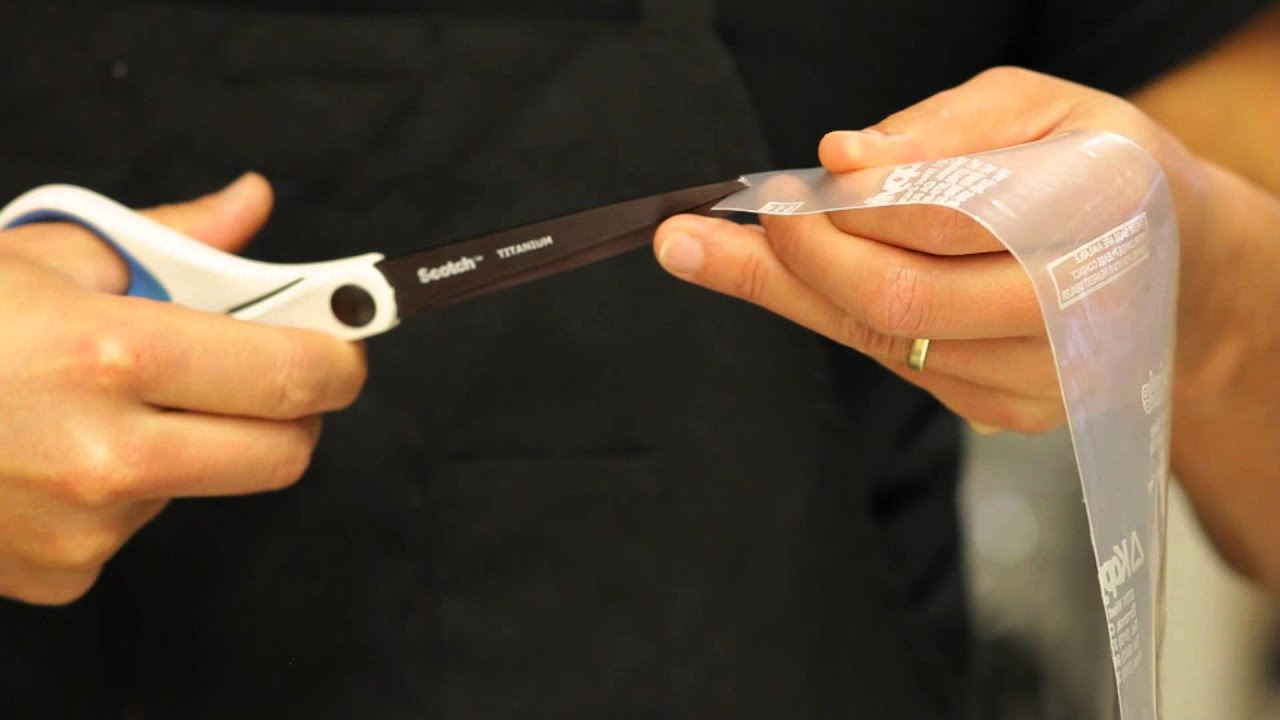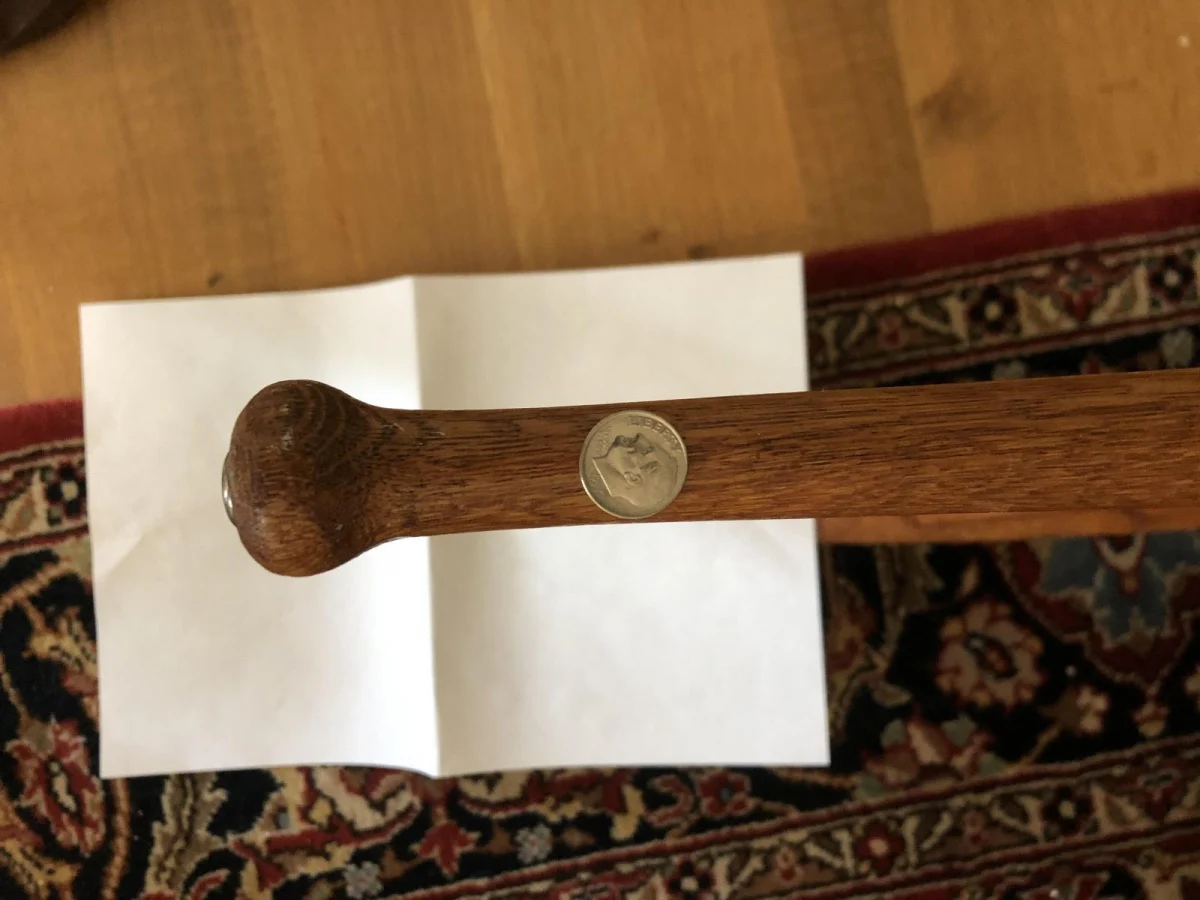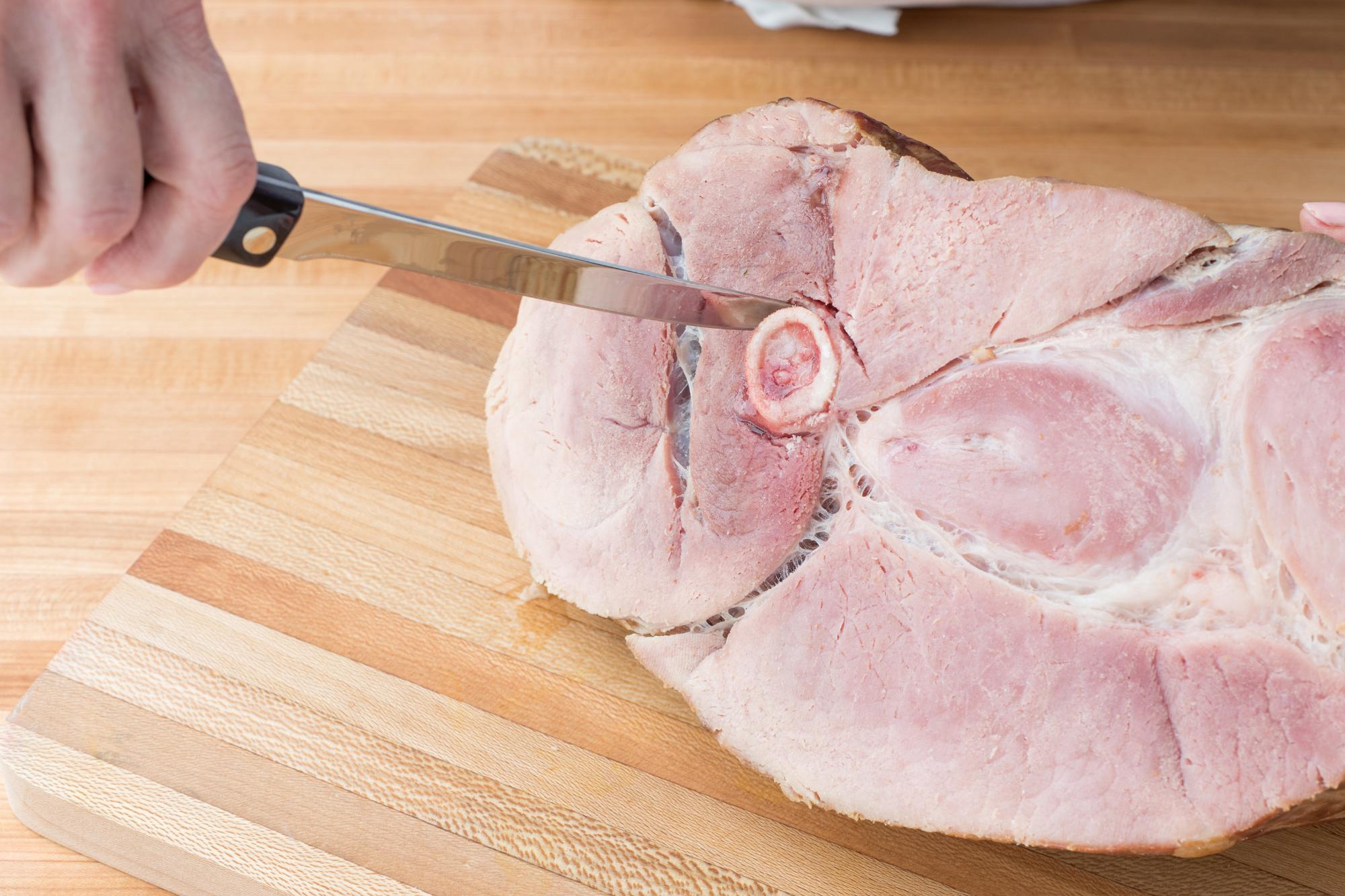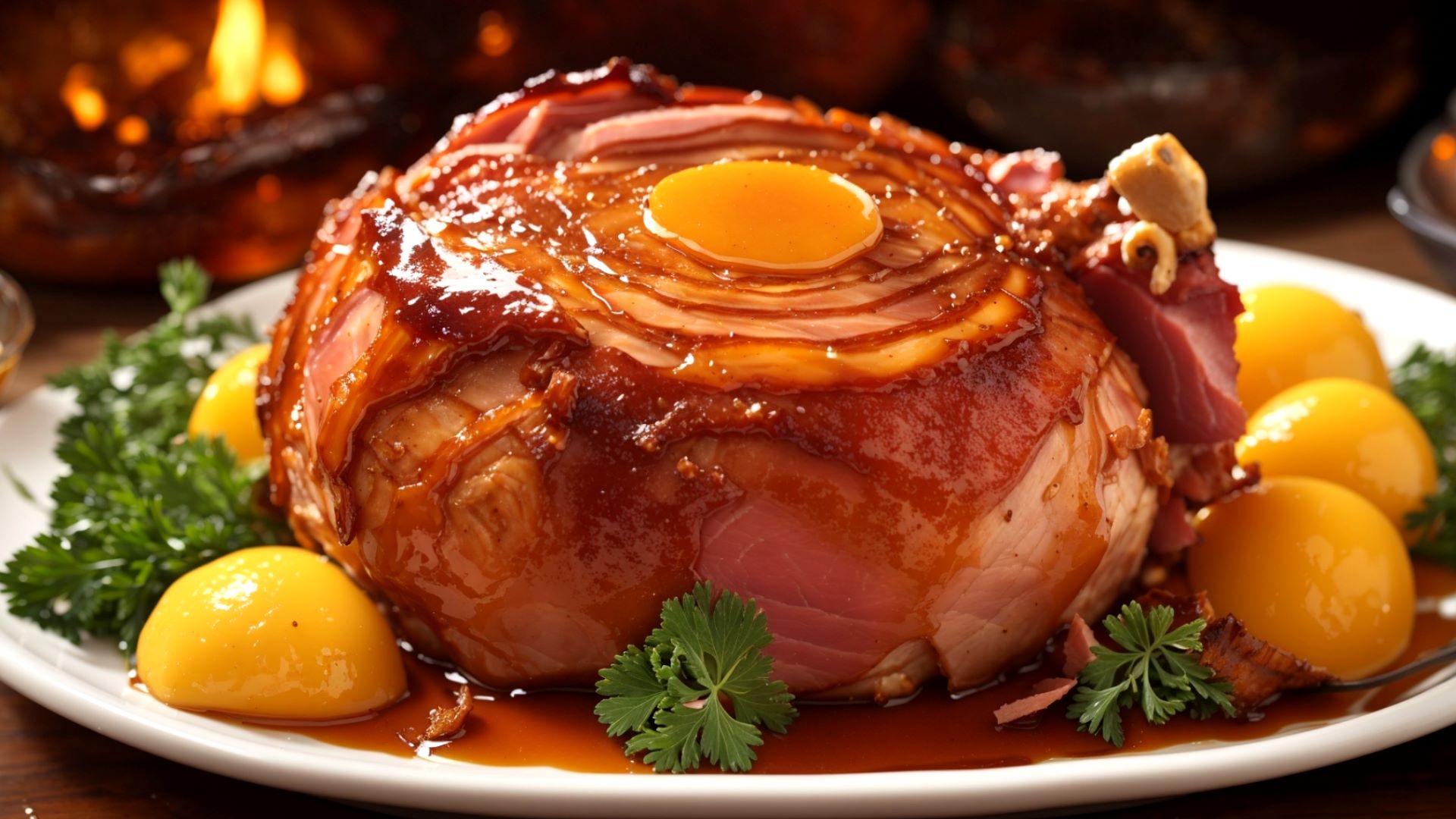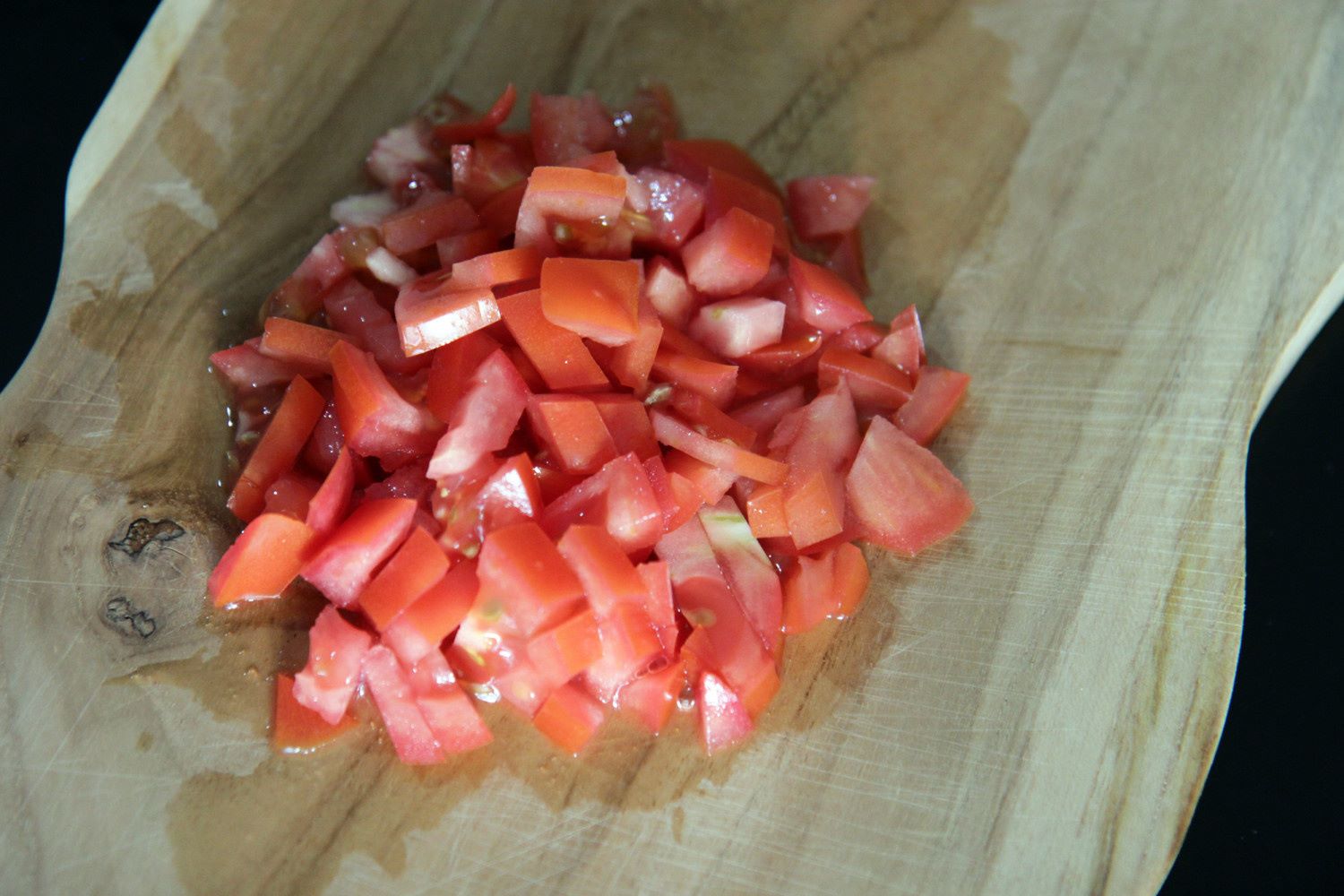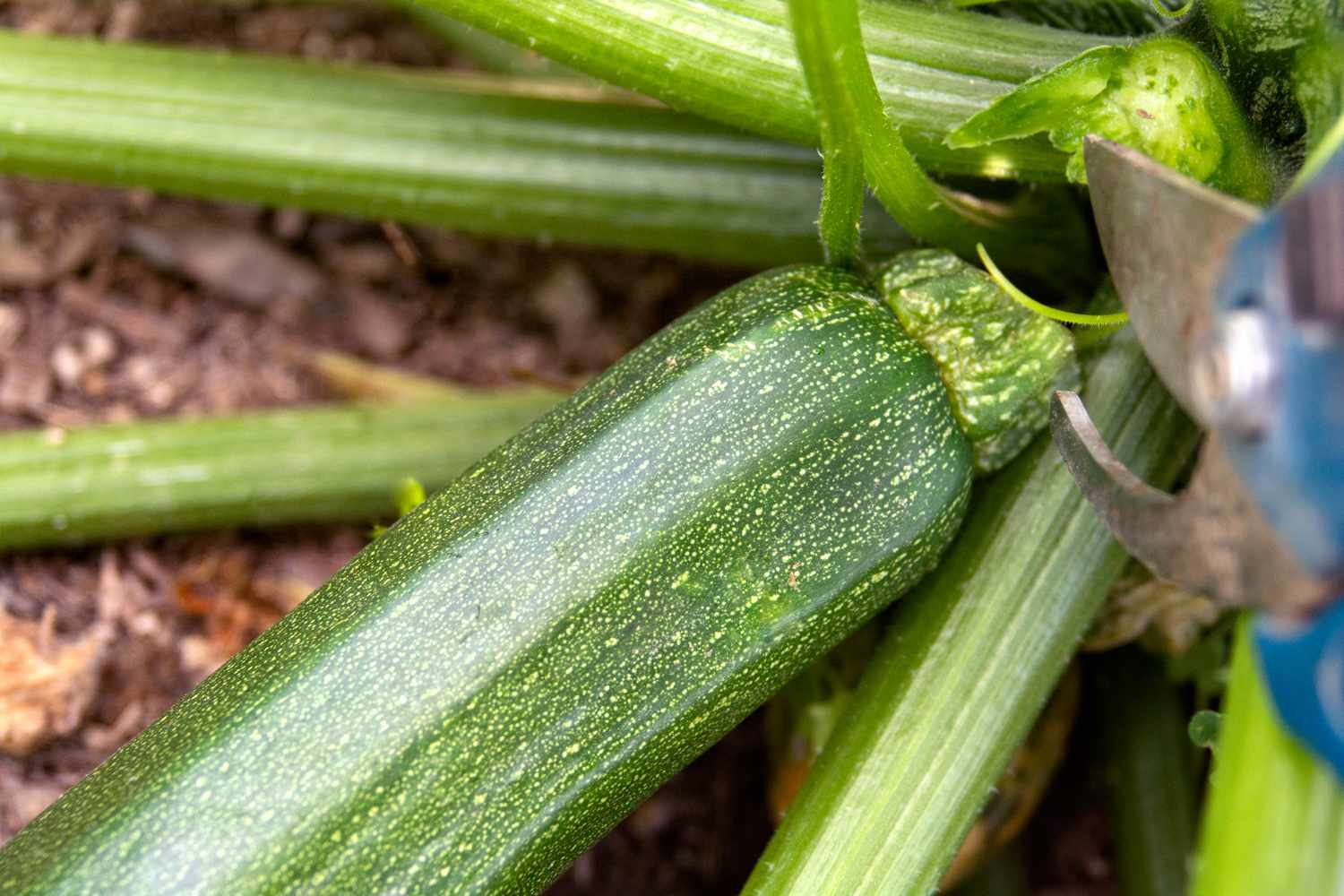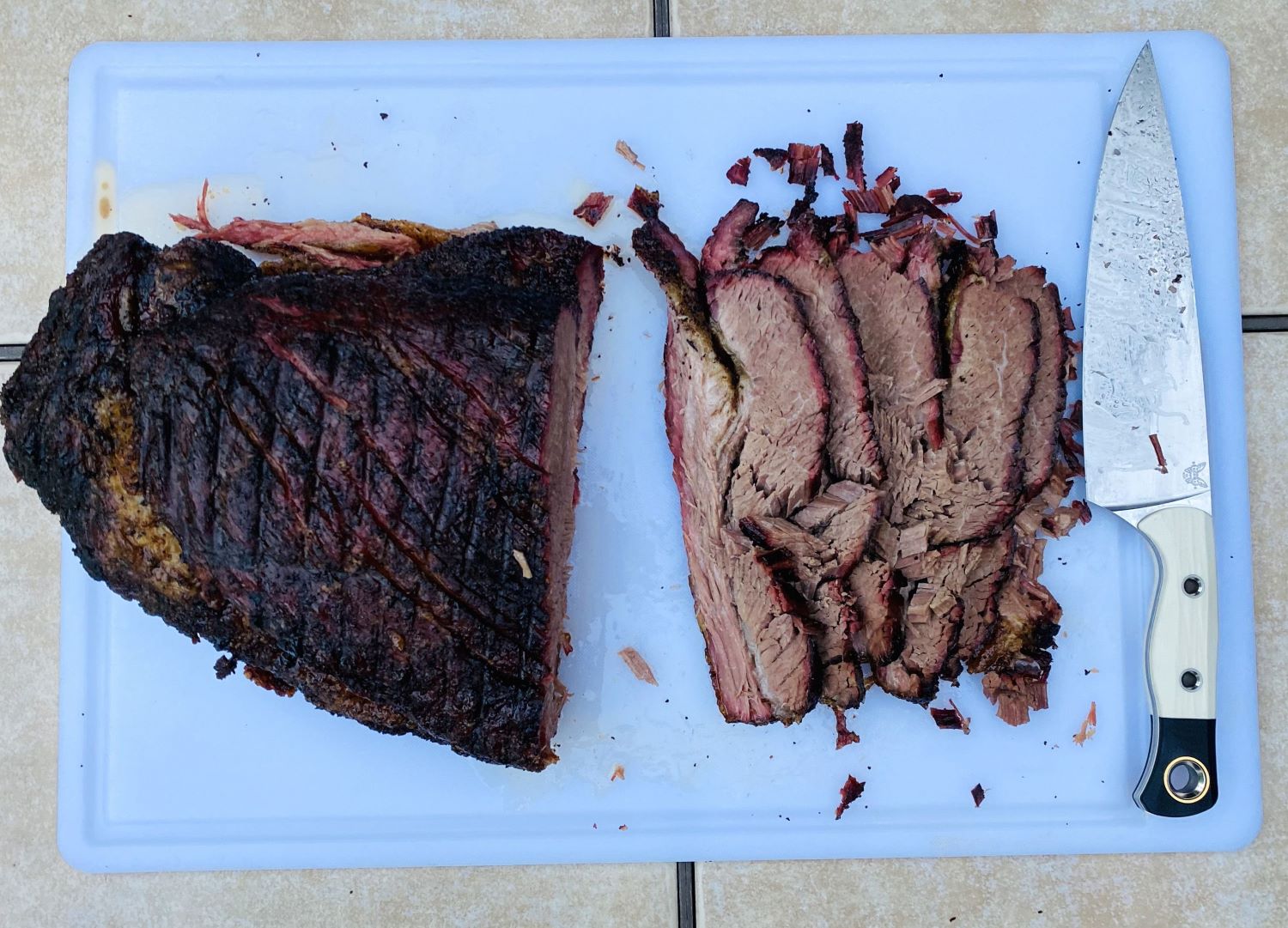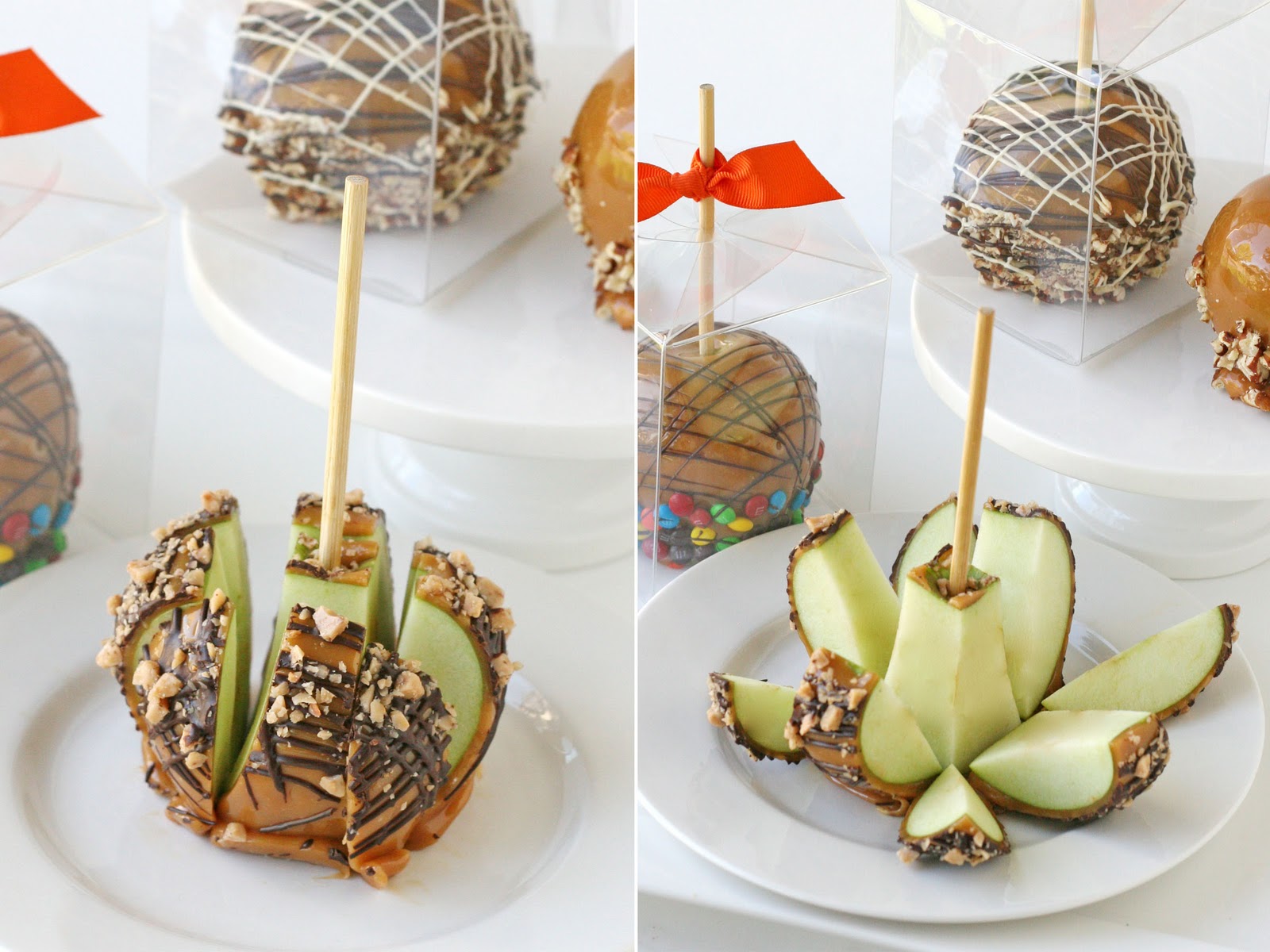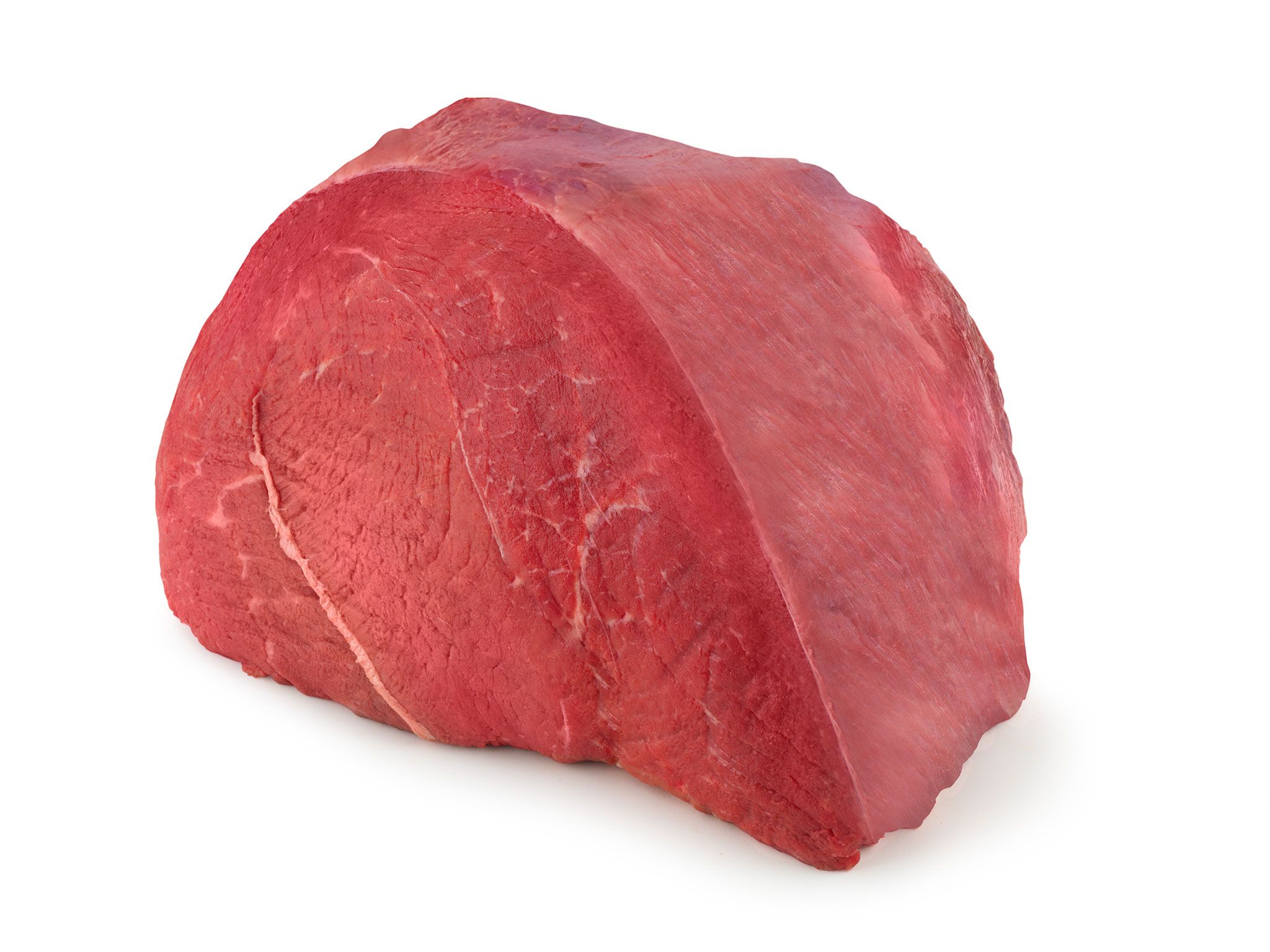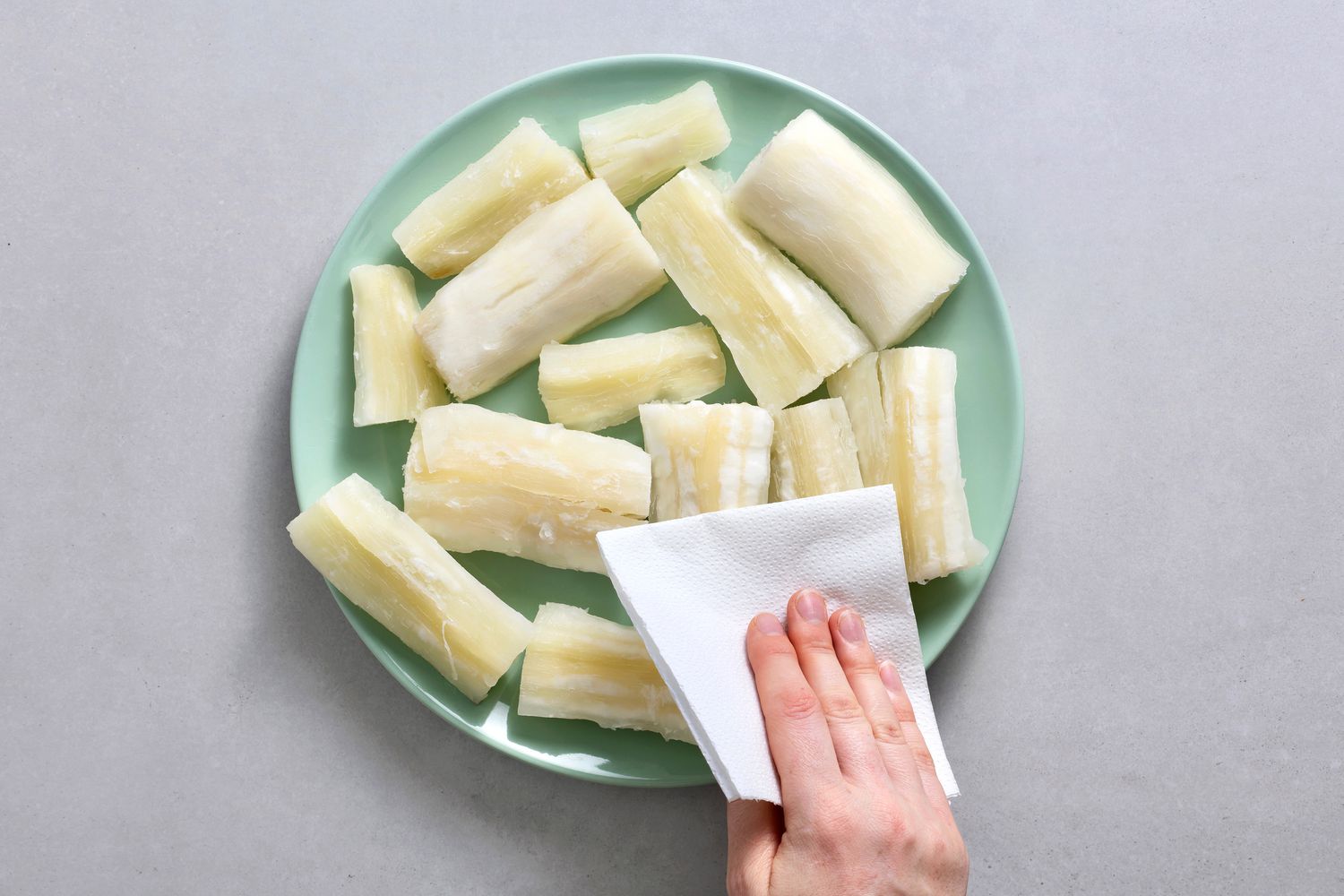How To Cut Deer Ribs Like a Food Expert
Deer ribs can be a deliciously savory and tender treat if prepared and cut correctly. As a food expert, I’m here to guide you through the process of cutting deer ribs. With a few simple steps, you’ll be able to enjoy a mouthwatering feast that will impress your friends and family.
What You’ll Need:
- Deer ribs (properly cleaned and dressed)
- Sharp boning knife
- Cutting board
- Patience and precision
Step 1: Preparing the Deer Ribs
Before you start cutting the deer ribs, ensure that they have been properly cleaned and dressed. This will contribute to the taste and tenderness of the meat.
Step 2: Locate the Rib Joints
Examine the deer ribs to identify the rib joints. These are the connecting points between each rib bone. Knowing the location of these joints will make it easier to separate the ribs.
Step 3: Start Cutting
Using a sharp boning knife, place the ribs on a sturdy cutting board. Begin cutting between the rib joints, angling the knife along the bone to separate the individual deer ribs. Take your time and be precise to obtain clean cuts.
Step 4: Remove Excess Fat
Once the deer ribs are separated, trim off any excess fat to enhance the flavor and presentation of the dish. A little fat adds delicious flavor, but too much can be overwhelming.
Step 5: Season and Cook
Now that you have cut the deer ribs, it’s time to season them to your liking. You can use your favorite spices, rubs, or marinades to add flavor. Let the ribs sit for a while to allow the flavors to penetrate the meat.
Next, choose your desired cooking method. You can grill the deer ribs for a smoky flavor, bake them for a tender result, or even try smoking them for an extra layer of complexity. Cooking times may vary, so ensure the ribs are cooked to your desired level of doneness.
Final Thoughts
Cutting deer ribs may seem like a challenging task, but with the right tools and techniques, anyone can do it. Remember to handle the rib bones with care and practice patience to achieve clean cuts. Experiment with different seasonings and cooking methods to find your perfect combination. So, put on your apron, grab your boning knife, and get ready to savor the deliciousness of perfectly cut deer ribs!
Was this page helpful?
Read Next: How To Cut A Korean Pear
